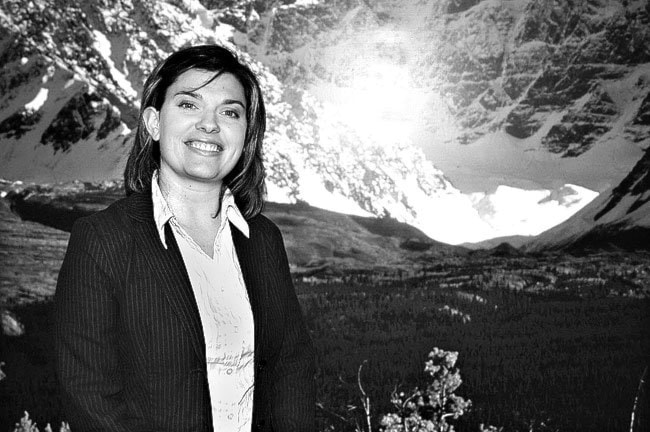The search for wealth and riches was underway in the Yukon before the gold rush. Trappers, traders and miners settled 40 miles from Fort Reliance, where a river met the Yukon River. This river and the community become known as Forty Mile.
And some of those men flocked to Fortymile to stake claims and hunt out their fortunes were desperate, and desperate men will do desperate things - like jump claims.
When there were no Mounties in the area to keep the peace, what was a wronged man to do when there was a disagreement over the ownership of a particularly lucrative piece of land?
Enter the Yukon Order of Pioneers, a men’s organization formed by the miners themselves.
The group was founded in 1894 at Fortymile with Leroy, a.k.a. Jack, McQuesten as its first president.
McQuesten was known as an honest man, and the group’s motto was: “Do unto others as you would be done by”.
Its members pledged to advance the Yukon Territory, protect each other against wrongdoing, and to collect and preserve the incident of Yukon history and to preserve the name of members on its rolls.
At that time, the order was one of the most exclusive clubs in the world, only allowing in the few dozen men who had been in the Yukon watershed since 1888.
Over the years pioneer lodges opened and closed at a number of places around the Yukon and Alaska, as smaller gold strikes brought prospectors into new areas, such as Circle, Rampart and Mayo.
And, although Mounted Police eventually set up detachments in the area, the Yukon Order of Pioneers kept going strong.
When gold was found at Bonanza Creek to start the Klondike Gold Rush a lodge was formed in Dawson City.
By 1920, the order had relaxed its membership requirements to allow men who had arrived in the Yukon by August 1900.
In 1945, the rules were further amended to allow the sons of pioneers to join the group.
“Since the founding of the Yukon Order of Pioneers ... the ranks of this famous northern lodge have dwindled over the years, but the spirits and traditions of these hardy trail-blazers have never diminished with the passing of time,” O. Nordling wrote in the Alaska Weekly in 1947.
“With the sons of the pioneers joining the order, the pioneer lodge will be perpetuated and the memories and traditions of the early pioneer will live for generations to come.”
Many of the pioneer’s early records were lost to fire when the main lodge burned in Dawson in 1967.
Today candidates for membership must have been within the watershed of the Yukon River, or the territorial boundaries of the Yukon, for a minimum of 20 years.
New applicants must submit an application which has to be signed by two recommending members and three investigating members.
That application is presented at the next meeting and a short history of the applicant is given, and then a vote is held by secret ballot.
Men may become life-time members if they are in good standing for 10 years and more than 65 years old.
In the early 1990s, Madeline Gould was refused membership to the pioneers, which had always only allowed men to join.
The case went all the way to the Supreme Court of Canada, which ruled that refusing membership to an all-male organization was not discriminatory or contrary to the Human Rights Act.
More than 115 years after the first meeting at Fortymile, the order is still active in the Yukon. The Whitehorse lodge gives out two $1,000 scholarships for post-graduate studies, and it sponsors Mr. & Mrs. Yukon.
This column is provided by the MacBride Museum of Yukon History. Each we ek it will explore a different person or event from Yukon’s modern history. For more information,
or to comment on anything in
this column e-mail lchalykoff@macbridemuseum.com.
